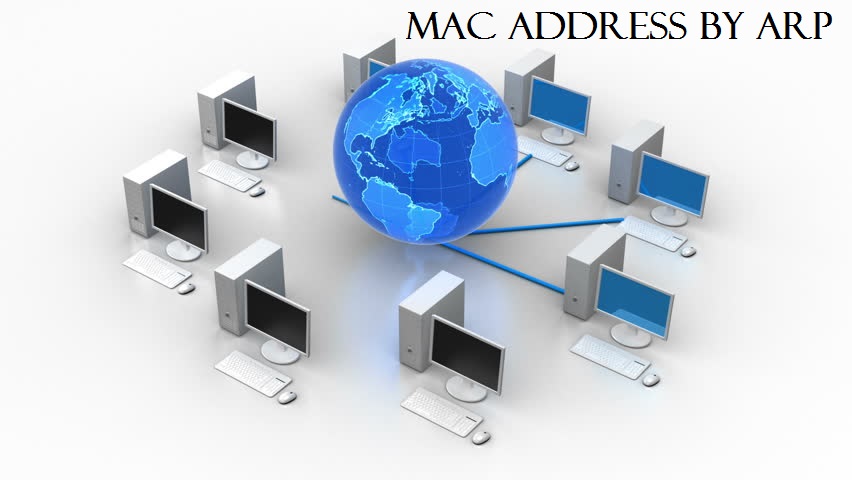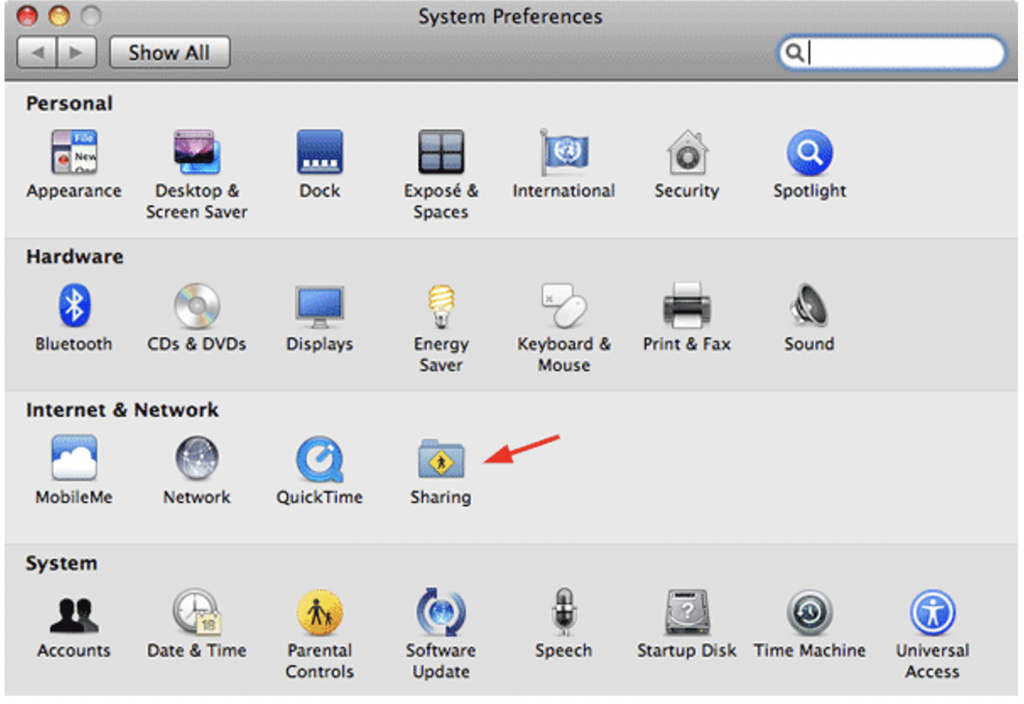

click to enter, then go to ‘Application Support’ -> ‘Sports Interactive’ -> ‘Football Manager 2022’.Then, the the ‘Library’ folder will appear.

 Press and hold down the ‘Option’ (Alt) key. The Football Manager 2022 folder on Mac is hidden by default. Users\Library\ Application Support\Sports Interactive\Football Manager 2022\ *subfolders*. C:\Users \Documents\Sports Interactive\Football Manager 2022\ *subfolders*. To find the location of the Football Manager 2022 folder where all user generated content shall be placed, go to The user data location will be found in different places depending on whether you got PC or Mac. In fact, all user generated content you either download from fansites, such as databases, skins and graphics (logos, kits or facepacks) will need to be placed within your user data location. Whenever you create and save a new game, shortlist, filter, tactics or views it will be stored in a specific location on PC and Mac. The User data location is, as you might have understood from the intro, the place where you can locate your save game files. What is the Football Manager 2022 User Data Location for PC & Mac? Today we’d like to help you find your user data location where views, filters, shortlists, graphics and skins are stored, for everyone playing Football Manager 2022 on Mac. To add user created content, downloads and other useful asses to your Football Manager game, it’s important to know how to locate your user data location.Įvery year, we receive lots of questions on how to import downloads or find where your save game files are stored on Mac. These certificates are saved locally on your machine in the ~/.plotly/connector folder.Regardless of playing Football Manager 2022 on MAC or PC, you’d like to improve your experience within the game by adding astonishing Football Manager graphics, shortlists and databases that enhance the enjoyment of your game. It's still just loading content from your localhost server - data is not traveling over the network! And remember, this domain just re-routes to localhost:9495 on the global DNS network. The domain has a unique certificate associated to it. Your application will spin up a server with those certificates and the plotly chart creator web application will be able to make requests to your server, no problem! After several minutes (this authorization only needs to be completed once), you'll have a unique subdomain and a unique server. We then re-route that subdomain's DNS to localhost:9495.įor example, when you start up your app, your app will make a request to this certificate and domain issuing server. What we've done is created a server which generates a unique subdomain and a unique Let's Encrypt SSL certificates for that subdomain. Let's Encrypt is service for offering free SSL certificates. In version 2.0+, the app will now automatically generate an SSL.
Press and hold down the ‘Option’ (Alt) key. The Football Manager 2022 folder on Mac is hidden by default. Users\Library\ Application Support\Sports Interactive\Football Manager 2022\ *subfolders*. C:\Users \Documents\Sports Interactive\Football Manager 2022\ *subfolders*. To find the location of the Football Manager 2022 folder where all user generated content shall be placed, go to The user data location will be found in different places depending on whether you got PC or Mac. In fact, all user generated content you either download from fansites, such as databases, skins and graphics (logos, kits or facepacks) will need to be placed within your user data location. Whenever you create and save a new game, shortlist, filter, tactics or views it will be stored in a specific location on PC and Mac. The User data location is, as you might have understood from the intro, the place where you can locate your save game files. What is the Football Manager 2022 User Data Location for PC & Mac? Today we’d like to help you find your user data location where views, filters, shortlists, graphics and skins are stored, for everyone playing Football Manager 2022 on Mac. To add user created content, downloads and other useful asses to your Football Manager game, it’s important to know how to locate your user data location.Įvery year, we receive lots of questions on how to import downloads or find where your save game files are stored on Mac. These certificates are saved locally on your machine in the ~/.plotly/connector folder.Regardless of playing Football Manager 2022 on MAC or PC, you’d like to improve your experience within the game by adding astonishing Football Manager graphics, shortlists and databases that enhance the enjoyment of your game. It's still just loading content from your localhost server - data is not traveling over the network! And remember, this domain just re-routes to localhost:9495 on the global DNS network. The domain has a unique certificate associated to it. Your application will spin up a server with those certificates and the plotly chart creator web application will be able to make requests to your server, no problem! After several minutes (this authorization only needs to be completed once), you'll have a unique subdomain and a unique server. We then re-route that subdomain's DNS to localhost:9495.įor example, when you start up your app, your app will make a request to this certificate and domain issuing server. What we've done is created a server which generates a unique subdomain and a unique Let's Encrypt SSL certificates for that subdomain. Let's Encrypt is service for offering free SSL certificates. In version 2.0+, the app will now automatically generate an SSL.










